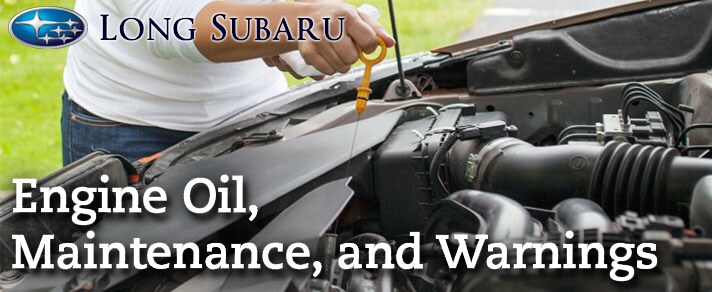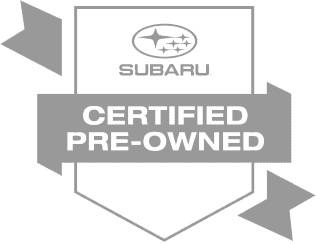

To make those vehicles last, we ask
owners to partner with us by following a regular schedule for
maintenance and performing minor checks between maintenance services.
Through such a partnership, Subaru can help make your vehicle last longer and reduce lifetime maintenance costs, your carbon footprint, and the use of fossil-based oils. In addition, it will free up some of your valuable time.
In the shorter maintenance intervals of the past, drivers may never have lifted the hood to check fluids or picked up a tire gauge.
Today, with longer maintenance intervals, it's time to dust off some old habits. While engineered to handle longer intervals and equipped with the fluids to do so, vehicles require occasional checks - including adding fluid(s), or air to keep them running smoothly.
How much oil engines consume varies,
based on manufacturing tolerances, wear, and usage. Usage includes
driving patterns such as frequent engine braking (downshifting the
transmission in order to decelerate the vehicle), engine operation at
sustained high RPMs (i.e., sustained highway driving or driving in hilly
terrain), frequent acceleration and deceleration (i.e., stop-and-go
freeway traffic), severe thermal conditions (extreme heat or cold),
idling for extended periods of time (i.e., frequent and sustained remote
engine-start operation), and new-engine break-in period (up to the
first 3,000 miles).
All will result in increased engine oil
consumption. However, the need to add oil should not be interpreted as a
need for more frequent servicing. The qualities of Subaru synthetic
oils are such that as long as the engine is not operated for extended
periods of time with low oil, simply adding oil as necessary and
following the scheduled maintenance intervals is an acceptable practice
and will not negatively affect durability and longevity.
In the event of severe usage such as frequent trailer towing or carrying heavy loads, then shorter maintenance intervals are highly recommended.
*Although every reasonable effort has been made to insure the accuracy of the information contained on this site, absolute accuracy cannot be guaranteed. This site, and all information and materials appearing on it, are presented to the user "as is" without warranty of any kind, either express or implied, including but not limited to the implied warranties of merchantability, fitness for a particular purpose, title or non-infringement.
Make an Inquiry
* Indicates a required field
OIL WARNING LIGHTS: WHAT TO DO
Low engine oil warning light: If this light illuminates when you're driving:
- Park in a safe, level place
- Turn off engine
- Wait for engine to cool
- Check engine oil level
- Add oil as needed, matching the
viscosity being used
After adding oil, the warning light should go out after restarting the engine.
Oil pressure warning light:
If it illuminates when you're driving:
- Stop as quickly as possible in a safe place
- Turn off the engine
- Wait for engine to cool
- Check engine-oil level
- If the oil level is low, add oil immediately
- If the engine oil is at the proper level but the light remains illuminated, contact your nearest Subaru retailer immediately





